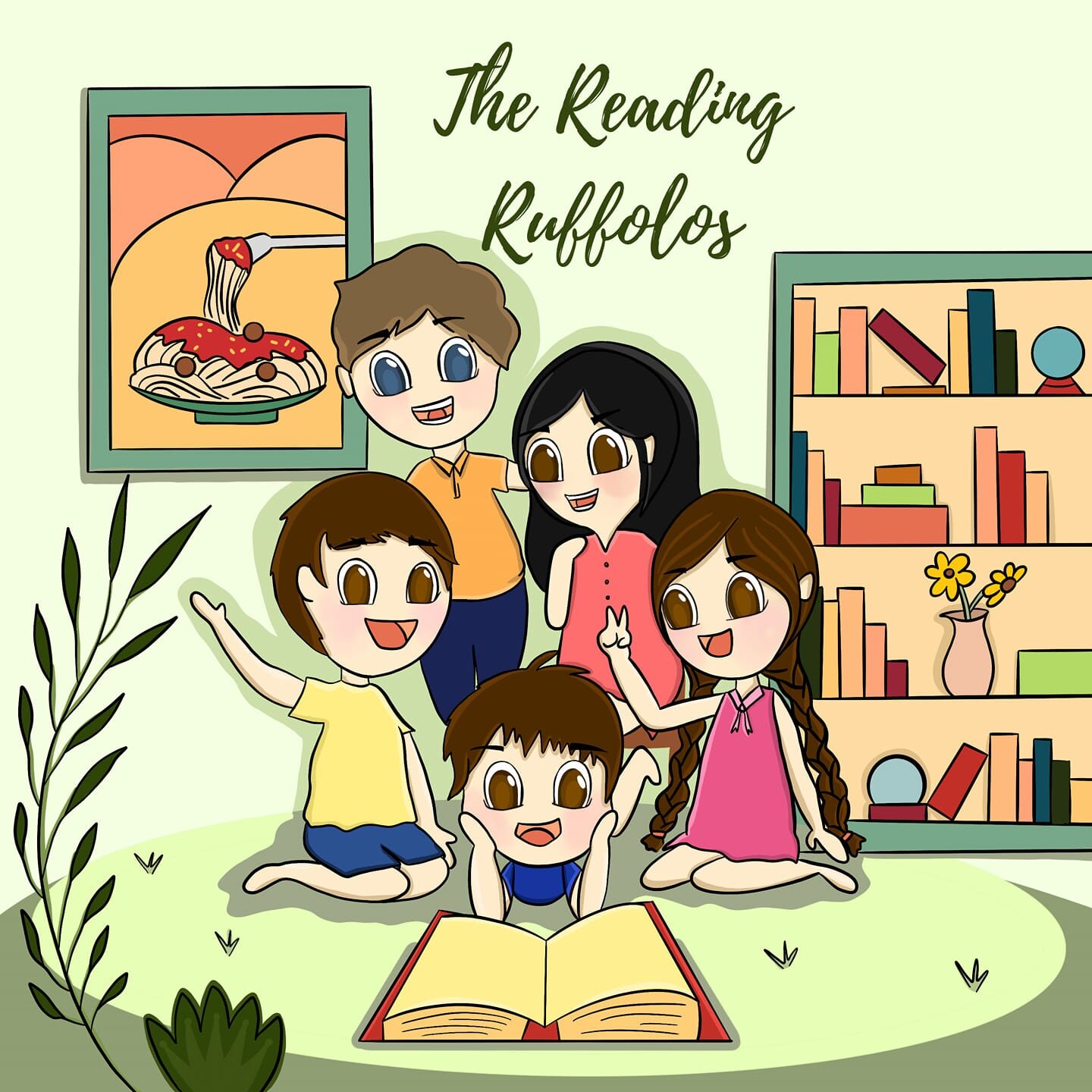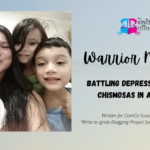Forgive me if I have been talking incessantly about school – and the pressures that come with it – these days.
Because really, it’s really tough. If I come face to face with my 17-year-old self today, I’m going to slap her for complaining about how tough college is. I’m going to tell her: “Honey, you don’t know what it’s like working on a degree while measuring your twin children’s temperature and giving them sponge baths.”
I couldn’t say I regret making the decision of enrolling in a course while working full-time as a Mother and as wife. This has been the toughest time of my life in exercising patience, diligence, and discipline. I am surprised how time flies. One day, it was August 23 and school was just starting. Today, it’s November 26, and I just submitted the second progress report for a case study on first language acquisition that is due on 15th of December.
Last week, I encountered a tutor-marked assignment that required us to produce a paper that challenged us to look into text complexity. I have always wondered how publishing house are able to assign recommended age group in most storybooks they sell in bookstores. It was in this assignment on text complexity that I learned about the three dimensions of evaluating text complexity. I am talking Greek here, I know. So, okay… do you ever wonder how our teachers in grade school or high school determine which text/reading material should we read for a particular lesson? Or how textbooks come up with a particular passage from a novel to read? How they make sure that the text is suitable for a particular age group?
So these three dimensions are: quantitative, qualitative, and reader and task considerations. I can hear you commenting: “Oh my, she’s launching a lecture pad here!” So I therefore ask you to kindly indulge me.
I learned that there are readability formulas, which quantitatively evaluates a text. There are more than one formula and boy, I was surprised that they exist! These formulas can measure how many syllables are there in a word; if a text is considered easy to read or fairly easy to read (yes, there is a difference when you add that adverb before that adjective); or if measures the average number of sentences per 100-word passage. Crazy, huh. The good news, they can be access online. For free! Check out the names: Gunning ‘FOG’ Readability Test, Fry Readability Graph, Flesh-Kincaid Formula, Powers-Summer-Kearl Formula, and McLaughlin “SMOG” Formula. I won’t bore about the details but if you are interested, click here for the site where you can use these formulas for free.
However, we don’t just rely on quantitative evaluation. Because you don’t want to end up with a book that says it’s recommended for Grades 5-6 but when you read it, the text is full of compound sentences and requires knowledge about the Spanish Civil War, which 11 to 12 years old may not know about. That’s when the qualitative factors come into the picture. There are four buddies that wave the qualitative flag. These are: levels of meaning, structure, language and clarity, and knowledge demands. Here’s a short description of the four from the paper that I submitted with my groupmates, Lianne and Rosalie:
- Levels of Meaning: A text/reading material may have single or complex meanings. Some texts are explicit in giving the “lesson learned” at the end of the story, while others are inferred by the readers.
- Structure: Simple texts are those that usually follow a chronological order – a natural flow, so to speak, that readers are familiar with. For example, a text where the journey of the main character from childhood to adulthood is being narrated. Complex texts are those that usually employ flashbacks, foreshadowing, or generally a change in time sequence.
- Language and Clarity: The use of high-falutin and unfamiliar words make a text complex. Generally, academic papers are complex/difficult to read because there are several terminologies that are uncommon to a typical lay reader. The use of simple words written in a conversational manner makes up for an easy reader as in the books of Neil Gaiman namely Coraline and The Graveyard Book.
- Knowledge Demands: The complexity of a text is dependent on whether or not the reader(s) need(s) to tap on prior knowledge and/or experience to understand a given text.
The third dimension is called reader and task considerations. That’s basically saying that you need to know the readers first before you just shove a book in their hands.
A term that I particularly like while purring over those reading materials (which, by the way, I took to bed with me) is: scaffolding.
It says that as teachers or reading specialist, we cannot just stop at giving our students/children with books that are a level below their comprehension level. It is not also good to provide “just right” books (called the Goldilock’s rule) just because children can proceed with the task with minimal instruction or they don’t need to constantly check the dictionary because they know all the words in the text. There is wisdom in the old saying “No pain, no gain” that I have been hearing since I was five. We want to help our students/children to continue learning; learning CAN happen when we take them out of their comfort zones and bring them to their conflict zones.
Several people may not understand what I am talking about in this post. So, let me tell this short story about an engineer I met some weeks ago when I was in Cebu:
She scoffed when I said that I am taking “language and literacy education”. She then said: “What can you do to help save the world like us engineers who make things work?” I answered: “Well, if your teachers or your parents didn’t teach you how to read when you were younger, you won’t be able to make things work. You won’t be able to save the world.”
I hope people realize that teaching reading is not an easy task to undertake, especially among reading teachers. Our brains are wired to speak, but they are not wired to read. Knowledge about the reading process will help one appreciate how the deceptively simple task called reading is indeed a complex one.
Lastly, in the course of completing this assignment, I learned that if you really want to take your reading advocacy a step higher, you won’t just stop at sharing FB posts or posting FB status which say: “I love reading”. You can take this a level higher by volunteering in reading organizations, participating in book drives, volunteering at your public library, or maybe taking time to enroll in a reading course. 😉
There is so much that you can do. When to start moving is all up to you.



